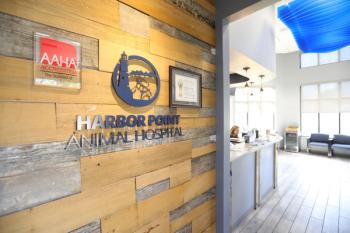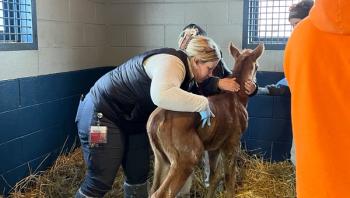
AVMA revises policy on cattle castration, dehorning
Schaumburg, Ill. - An amended policy titled "Castration and dehorning of cattle" includes new pain-control and procedural language.
Schaumburg, Ill. — An amended policy titled "Castration and dehorning of cattle" includes new pain-control and procedural language.
The revised version, passed by the American Veterinary Medical Association's (AVMA) Executive Board in May, reads as follows:
"The AVMA recognizes that castration and dehorning of cattle are important for human and animal safety when cattle are used for agricultural purposes. Because castration and dehorning cause pain and discomfort, the AVMA recommends the use of procedures and practices that reduce or eliminate these effects, including the use of approved or AMDUCA-permissible clinically effective medications whenever possible. Studies indicate that perioperative use of non-steroidal anti-inflammatory agents and local anesthetics reduces pain and distress associated with castration and dehorning.
Executive Board revises pet-food policy
Both dehorning and castration should be done at the earliest age practicable.
Disbudding is the preferred method of dehorning calves. Local anesthetic should be considered for other dehorning procedures.
Elastrator rubber-banding techniques have been associated with increased chronic pain and should be discouraged. High tension-banding systems may be used with appropriate veterinary supervision and/or training in those situations where surgical castration may predispose to post-surgical complications.
There are a number of acceptable castration techniques utilized by the cattle industry. The castration method used should take into account the animal's age, weight, skill level of the technician, environmental conditions and facilities available, as well as human and animal safety.
Research leading to new or improved techniques that reduce or eliminate pain and distress associated with castration and dehorning, or development of viable alternates to castration and dehorning, is encouraged."
Newsletter
From exam room tips to practice management insights, get trusted veterinary news delivered straight to your inbox—subscribe to dvm360.




